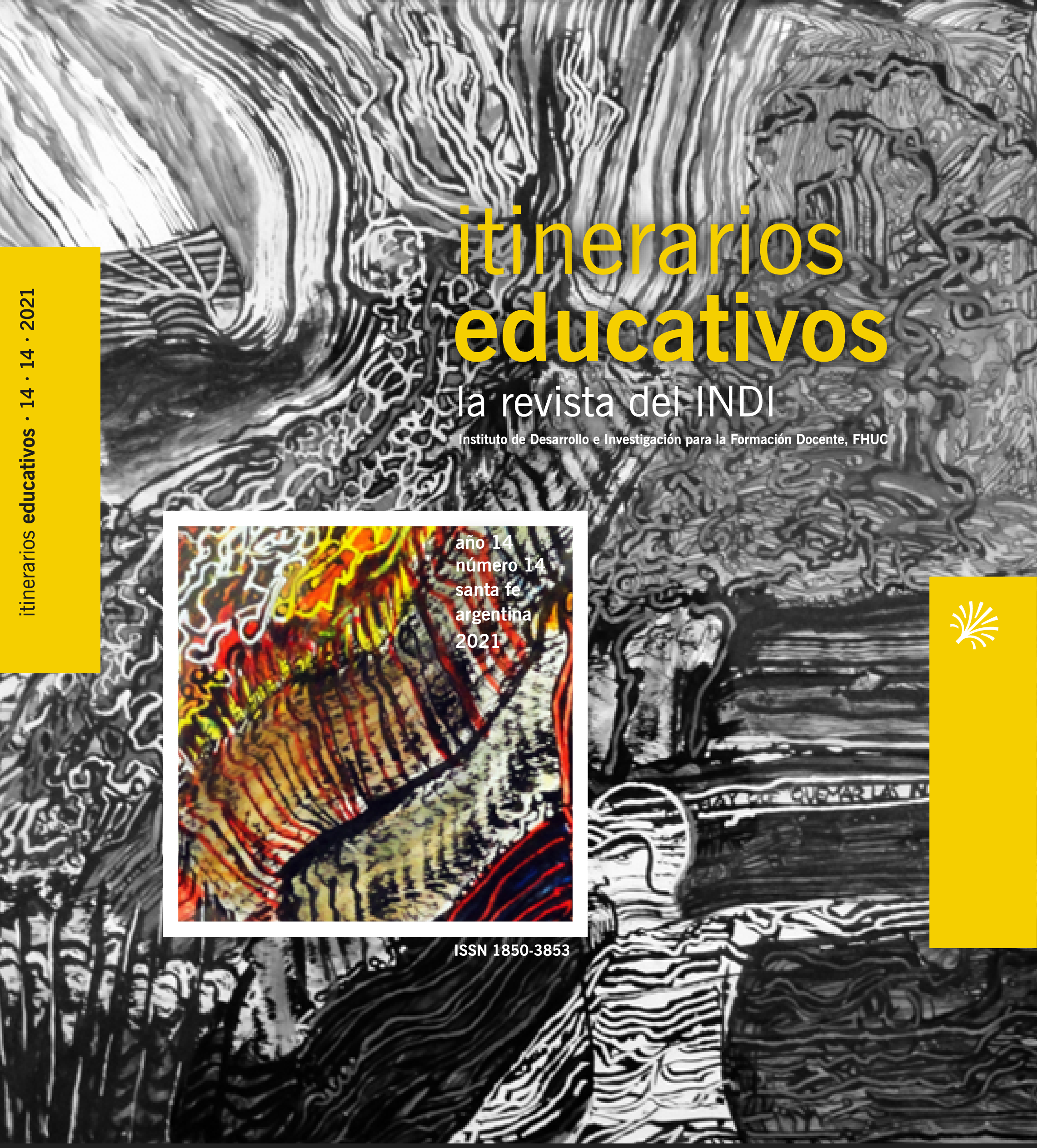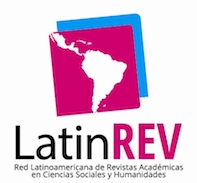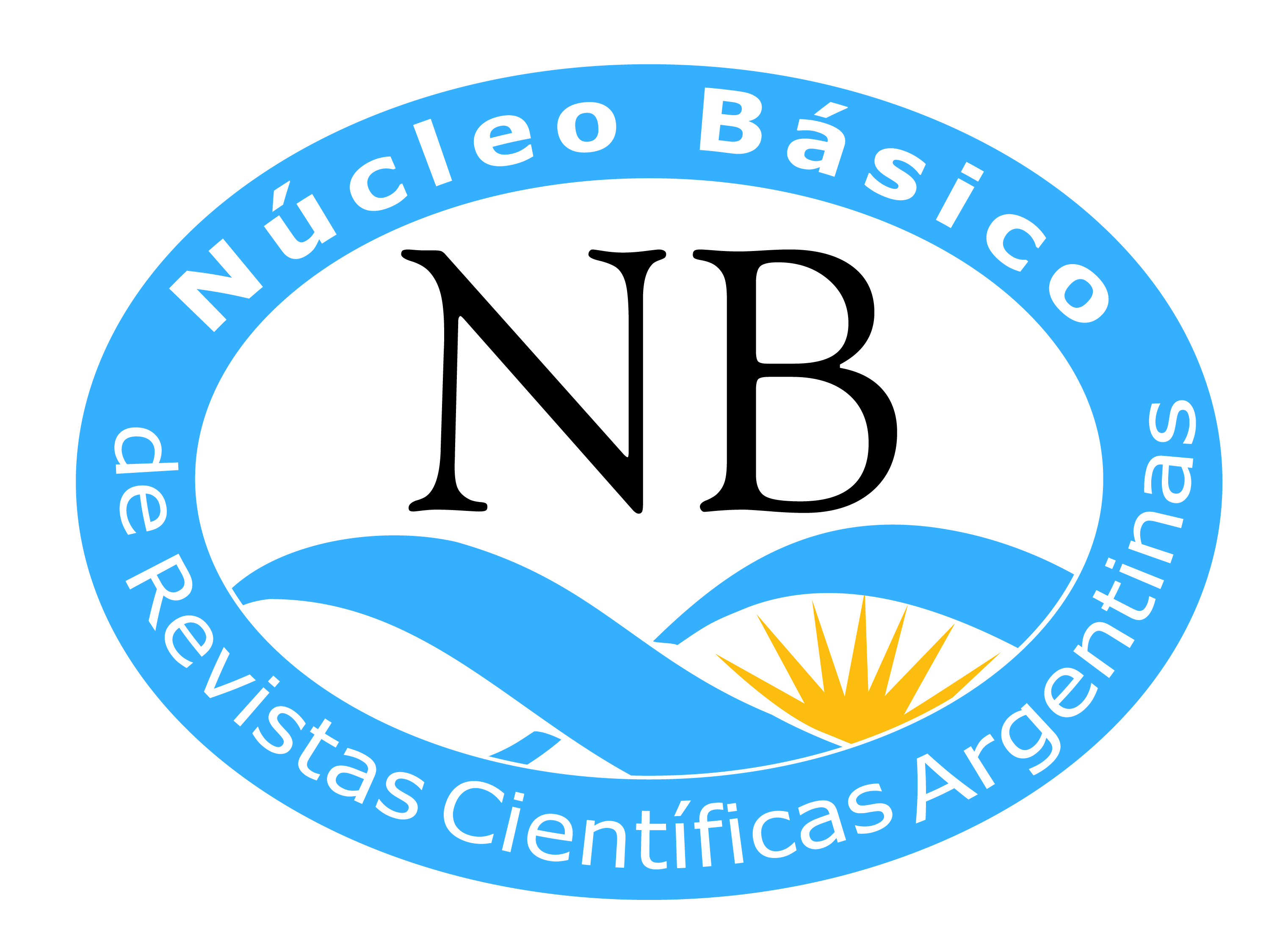Relationship between teaching approaches and social condition of students: A key problem in the current educational debate
DOI:
https://doi.org/10.14409/ie.2021.14.e0008Keywords:
instruction theory, social sector, visible and invisible pedagogies, school achievementAbstract
In the last decades, Latin America has been increasingly concerned with inequality and the consequent educational segregation. Various policies were adopted to ensure educational inclusion and they had positive effects. However, the latter do not prevent children from low-income sectors to still face considerable difficulties. In this paper, some reflections on this problem are proposed, which are mainly focused on didactic proposals for elementary school in Argentina. Based on the classic distinction between ‘visible and invisible’ pedagogies, the exposition is supported by three statements. First, it is necessary to question the idea that the adopted didactic approach is neutral in relation to the social condition of students. Second, it is worth considering a large body of international evidence that supports the advantages of direct instruction over ‘student-centered’ or ‘exploratory’ approaches to teaching. Finally, it is necessary to review the assumption that, given the supposed neutrality of didactic approaches, the access to the benefits of good quality teaching depends on compensating for possible deficits –for example, in ‘cultural capital’–.
Downloads
Published
How to Cite
Issue
Section
License
Those authors who have publications with this magazine, accept the following terms:
The authors will retain their copyright and guarantee the journal the right of first publication of their work,
which will be simultaneously subject to the Creative Commons Recognition License that allows third parties to share
the work whenever its author and first publication this magazine.
Authors may adopt other non-exclusive licensing agreements for the distribution of the published work (eg, deposit
it in an institutional telematic file or publish it in a monographic volume) whenever the initial publication in this
journal is indicated.
Authors are allowed and advised to disseminate their work through the Internet (eg, in institutional telematic files
or on their website) before and during the submission process, which can produce interesting exchanges and increase
citations of the published work. (See The effect of open access).
















